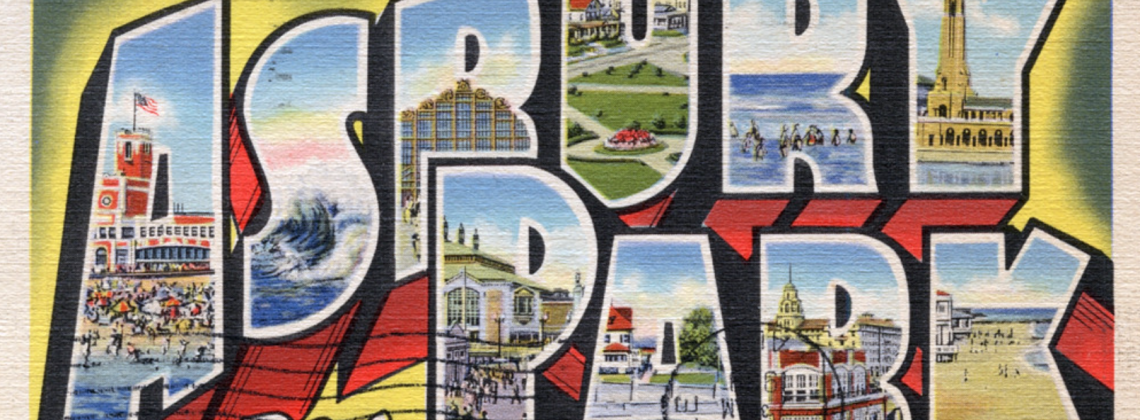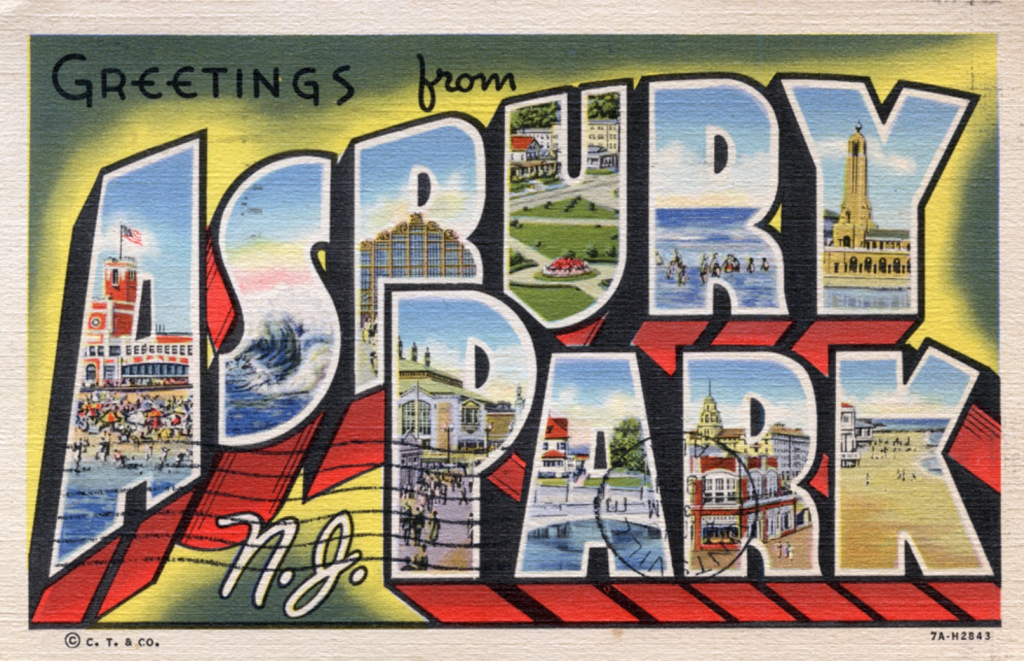

In 2004, Asbury Park started issuing marriage licenses to same-sex couples. The Black community responded with a prayer vigil.
On March 8, 2004, Ric Best and Louis Navarette were married at 3:35pm in Asbury Park’s City Hall, making them the first gay couple to obtain a marriage license in the state of New Jersey. Deputy Mayor James Bruno performed the ceremony after African American mayor Kevin Sanders refused to do it out of a concern that gay marriage was illegal in the state.
Sanders’ fears about the legality of gay marriage were well founded. The day after Best and Navarette tied the knot, New Jersey Attorney General Peter Harvey called their marriage a “hoax” and reminded the public that in November 2003 the state Supreme Court had upheld a law prohibiting same-sex marriage.
On March 10, Asbury Park announced that it would appeal to the New Jersey Superior Court. Though conservative activist groups such as the Family Research Council sent culture-war ground troops to Asbury Park to make sure no additional licenses were issued during the appeal process, much of the Christian resistance to gay marriage in the city came from the African American community.
According to the 2000 census, Asbury Park was 67% black. Most of the city’s residents lived on the West Side of Asbury Park, a mile or two away from the boardwalk and waterfront where white tourists had come for over a century to enjoy the beach and sun. In 2004 both the white and Black communities of Asbury Park were still dealing with the effects of the racial unrest that had wracked the city in July 1970. That summer the residents of Asbury Park lived through seven days of looting, violence, and destruction resulting in 180 injuries and over $5.5 million in damages.
It would take decades before Asbury Park came close to recovering from the physical, economic, social, and psychological damage stemming from the riots. The city’s economy, which was already struggling at the time of the unrest, all but collapsed. White people moved out, leading to a precipitous decline in the tax base. Historic hotels near the boardwalk closed. Redlining and segregation became more prominent than ever. Tourists stopped coming. In 1978, The New York Times ranked Asbury Park the twelfth most distressed urban area in the United States. Springsteen would later describe it as “my city of ruins.”
But in the late 1970s the city of Asbury Park formed a development corporation in the hopes of restoring the resort community to its early-to-mid-twentieth-century grandeur. Over the next several decades the city sought investors and developers interested in redesigning its oceanfront and revitalizing its once vibrant shopping district. Most West Siders had seen this before—middle-class Asbury Park residents, who made up a significant minority in the city, trying to attract white tourists, residents, and development on the boardwalk in an effort to lift the economic well-being of the entire city. So needless to say, the Black community was not holding its breath over this latest attempt at trickle-down economics.
By the 1990s the development efforts were gaining traction. Young white couples began moving into Asbury Park, buying some of the city’s run-down homes, and renovating them into what one reporter described as “sparkling showcases” of the city’s revival. Many of these new arrivals were gay. These new, white, middle-class residents opened upscale shops and restaurants in town and on the boardwalk and started renting units in new luxury waterfront apartments.
The debate over gay marriage in Asbury Park pitted about 1000 white gay residents against the majority of the city’s 17,000 residents, most of whom were Black and who still remembered the racial unrest of the 1970s. On the day of Harvey’s order to stop issuing marriage licenses to gay couples, local radio host Ronald Holland, a deacon at the African American Untied Fellowship Baptist Church, invited four members of the city’s clergy to join him to discuss gay marriage on his 9:00 PM show “Let’s Talk News.” In an interview with The Asbury Park Press following the show, Holland said that the “general consensus among those folks who came on the show is that there is a biblical standard to marriage and that God ordained marriage to be between a man and a woman, so as a Christian, I wholeheartedly embrace that sentiment.” Holland refused to compare the gay rights movement to the civil rights movement since in the latter movement some Black people died and many were denied rights because of the color of their skin. Homosexuals, he added, had the ability to “control their behavior.” The Press noted that this “interpretation of gay life underlies some of the opposition that has been expressed [in Asbury Park] during the past week, but belies what gay couples say is the reality of their life experience and what studies support.”
On March 28, 2004, roughly three weeks after Best and Navarette’s marriage, the Black clergy of Asbury Park took action: They organized a prayer vigil on Main Street attended by 1200 residents, most of them African American. The organizers said they came to pray for the issues “dividing the city,” including drug use, poverty, housing, gangs, violence, and poor school. But Rev. Porter S. Brown, the pastor of Faith Baptist Tabernacle, told the Press that “the granting of a marriage license to a gay couple was the final issue that made local area churches decide to unite in prayer for the good of the community.”
Brown accused the city council of catering to “just one segment” of the city’s population, namely the Asbury Park gay community. Another attendee at the event said, “there is more than just a gay community in this town; City Hall needs to be concerned about the feelings of the Christian community.”
The Press reported that thirty different churches were represented at the vigil. Participants gathered along a five-block stretch of Main Street and prayed aloud for half an hour. They sang hymns and spirituals, clapped their hands, embraced one another in Christian love, and waved flags representing different countries. Many of them held signs quoting biblical passages and other spiritual sayings such as “Jesus Hates Sin, Loves Sinners.” The Reverend Carolyn Anderson of Mount Carmel Baptist Church in Neptune said, “we didn’t come out to exhibit hatred . . . We came to exhibit God’s love.”
City Hall received six phone calls from members of the gay community concerned about the vigil. Navarette told the Press that he, like the group on Main Street, was also part of Asbury Park’s Christian community: “Love in any form is not a sin, especially since God is love, and that is the beauty of being a Christian.” Most on Main Street, however, did not see it that way. A member of the Asbury Park Deliverance Center said that the city was in need of “great spiritual healing,” adding that “it takes God’s soldiers to do that.”
In the end the battle over gay marriage in Asbury Park provides a small window into the culture war brewing across the country in the wake of Massachusetts’ November 2003 decision to legalize same-sex marriage. Black churches proved to be some of the staunchest opponents of the practice and Black clergy refused to allow the defenders of same-sex marriage to co-opt the civil rights movement for their cause. White evangelicals took notice and began to enlist Black clergy to fight alongside them in this theater of the culture wars. We will pick-up that story in the second piece of this two-part series.
John Fea is Executive Editor of Current